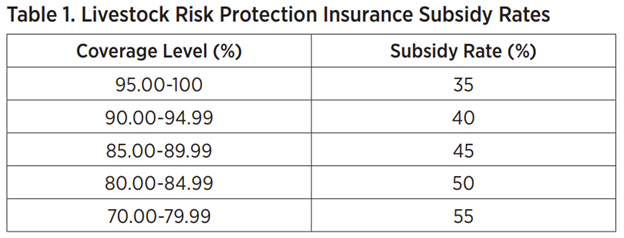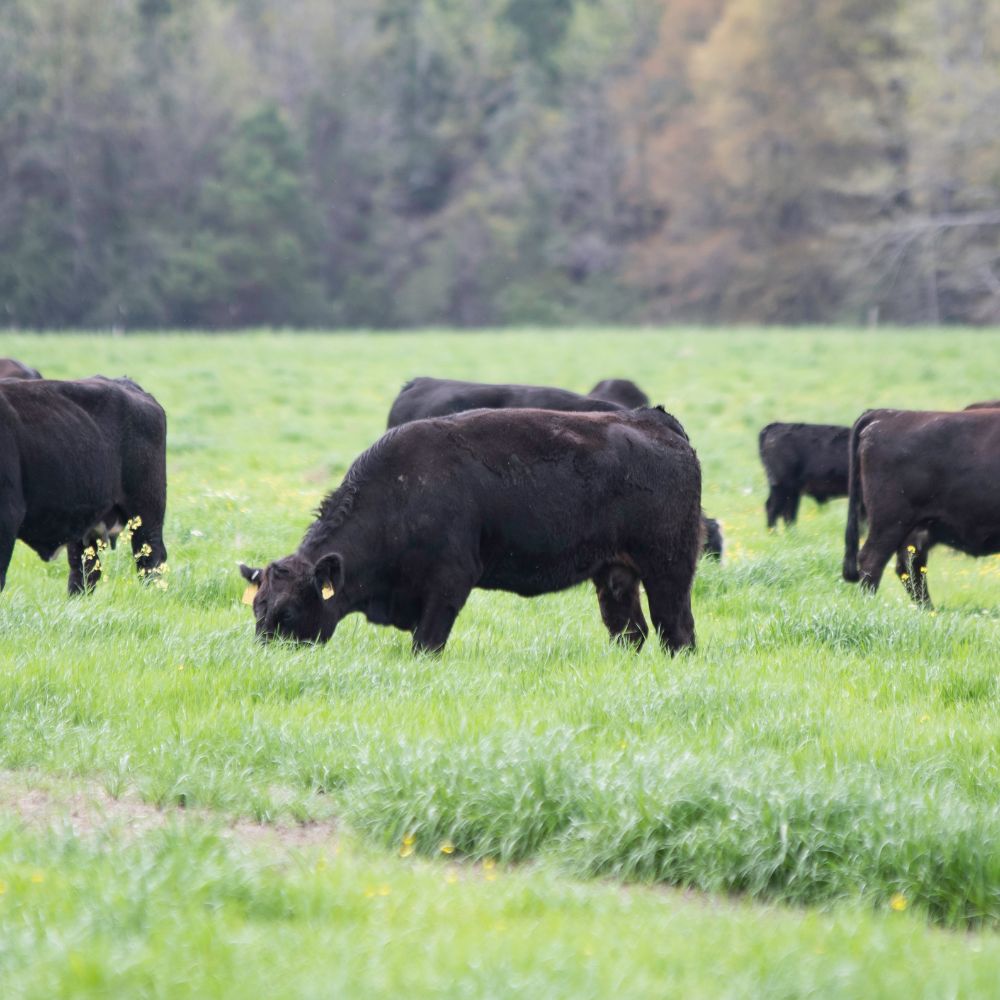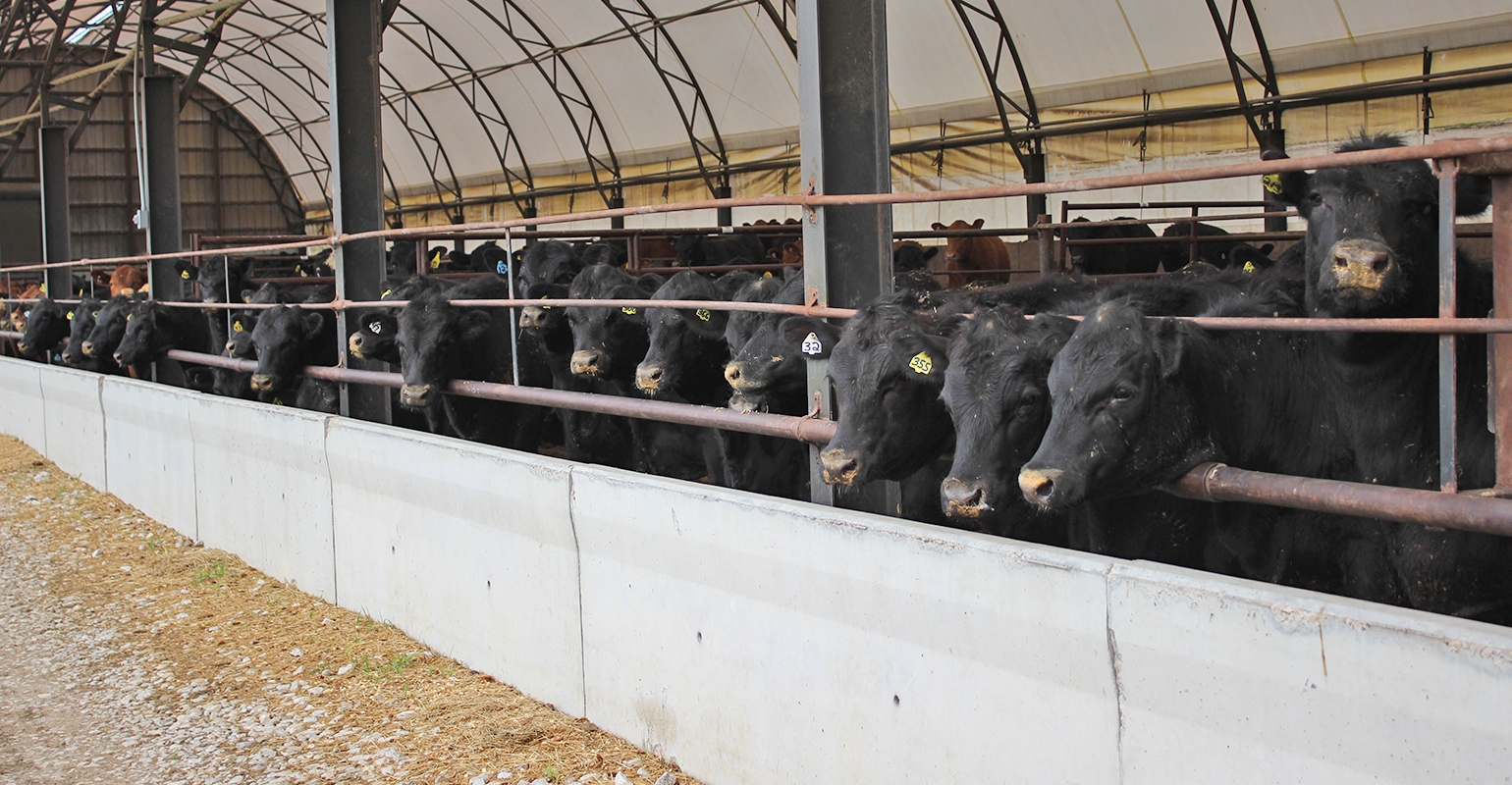Recognizing Livestock Threat Protection (LRP) Insurance Coverage: A Comprehensive Guide
Navigating the realm of animals danger protection (LRP) insurance policy can be a complicated undertaking for many in the farming field. From exactly how LRP insurance policy functions to the various insurance coverage alternatives readily available, there is much to uncover in this extensive guide that can possibly form the means animals manufacturers come close to threat monitoring in their businesses.

Just How LRP Insurance Policy Works
Occasionally, recognizing the auto mechanics of Livestock Danger Protection (LRP) insurance policy can be intricate, yet damaging down how it functions can provide quality for farmers and breeders. LRP insurance is a threat administration tool designed to shield animals producers versus unforeseen cost declines. The plan allows producers to establish a coverage degree based on their details requirements, choosing the variety of head, weight range, and coverage cost. As soon as the policy remains in place, if market rates fall listed below the insurance coverage cost, manufacturers can sue for the distinction. It's important to keep in mind that LRP insurance is not an earnings guarantee; rather, it concentrates solely on rate risk defense. The coverage period generally ranges from 13 to 52 weeks, providing versatility for manufacturers to pick a period that aligns with their manufacturing cycle. By utilizing LRP insurance coverage, ranchers and farmers can mitigate the monetary threats connected with varying market value, making sure better stability in their operations.
Qualification and Insurance Coverage Options

When it comes to protection alternatives, LRP insurance policy supplies producers the versatility to select the protection level, insurance coverage duration, and recommendations that finest fit their danger administration requirements. By understanding the qualification standards and insurance coverage options offered, livestock manufacturers can make educated decisions to manage threat properly.
Benefits And Drawbacks of LRP Insurance Coverage
When reviewing Animals Threat Defense (LRP) insurance coverage, it is necessary for livestock manufacturers to evaluate the downsides and advantages intrinsic in this threat administration tool.

One of the primary advantages of LRP insurance coverage is its capacity to give protection against a decline in livestock rates. Additionally, LRP insurance provides a degree of flexibility, allowing producers to customize insurance coverage levels and plan durations to match their particular needs.
Nevertheless, there are also some drawbacks to consider. One restriction of LRP insurance coverage is that it does not secure versus all kinds of threats, such as condition episodes or natural catastrophes. Costs can often be expensive, particularly for manufacturers with big livestock herds. It is crucial for producers to thoroughly assess their specific risk exposure and financial scenario to identify if LRP insurance is the appropriate threat monitoring device for their operation.
Understanding LRP Insurance Policy Premiums

Tips for Maximizing LRP Benefits
Optimizing the advantages of Livestock Danger Protection (LRP) insurance coverage requires calculated planning and positive threat management - Bagley Risk Management. To take advantage of your LRP protection, think about the adhering to pointers:
Regularly Analyze Market Conditions: Stay informed regarding market fads and rate fluctuations in the animals sector. By monitoring these factors, you can make enlightened decisions about when to purchase LRP protection to protect versus potential losses.
Establish Realistic Insurance Coverage Levels: When choosing insurance coverage degrees, consider your production costs, market price of animals, and possible threats - Bagley Risk Management. Establishing sensible insurance coverage degrees guarantees that you are properly secured without overpaying for unnecessary insurance policy
Expand Your Protection: Instead he said of relying entirely on LRP insurance policy, think about diversifying your risk administration methods. Integrating LRP with other danger management tools such as futures agreements or options can give thorough protection versus market uncertainties.
Testimonial and Adjust Insurance Coverage Routinely: As market conditions transform, periodically review your LRP insurance coverage to ensure it aligns with your existing danger exposure. Readjusting coverage degrees and timing of purchases can aid enhance your risk protection approach. By adhering to these ideas, you can optimize the benefits of LRP insurance and guard your livestock procedure versus unexpected risks.
Final Thought
In conclusion, animals risk defense (LRP) insurance coverage is a valuable device for farmers to manage the financial risks linked with their livestock procedures. By comprehending exactly how LRP functions, qualification and coverage choices, as well as the pros and cons of this insurance policy, farmers can make enlightened decisions to shield their incomes. By very carefully taking into consideration LRP premiums and carrying out approaches to make best use of advantages, farmers can mitigate potential losses and guarantee the sustainability of their procedures.
Animals producers interested in getting Animals Risk Security (LRP) insurance policy can discover a variety of qualification criteria and coverage choices tailored to their particular livestock procedures.When it comes to coverage options, LRP insurance coverage supplies producers the flexibility to pick the insurance coverage level, protection duration, and recommendations that ideal visit this site right here suit their threat management needs.To realize the complexities of Livestock Risk Defense (LRP) insurance policy totally, recognizing the variables influencing LRP insurance coverage premiums is vital. LRP insurance coverage premiums are identified by various elements, consisting of the insurance coverage degree selected, the expected rate of animals at the end of the protection period, the kind of animals being insured, and the length of the insurance coverage period.Review and Adjust Insurance Coverage Regularly: As market problems alter, regularly review your LRP protection to ensure it lines up with your current risk exposure.